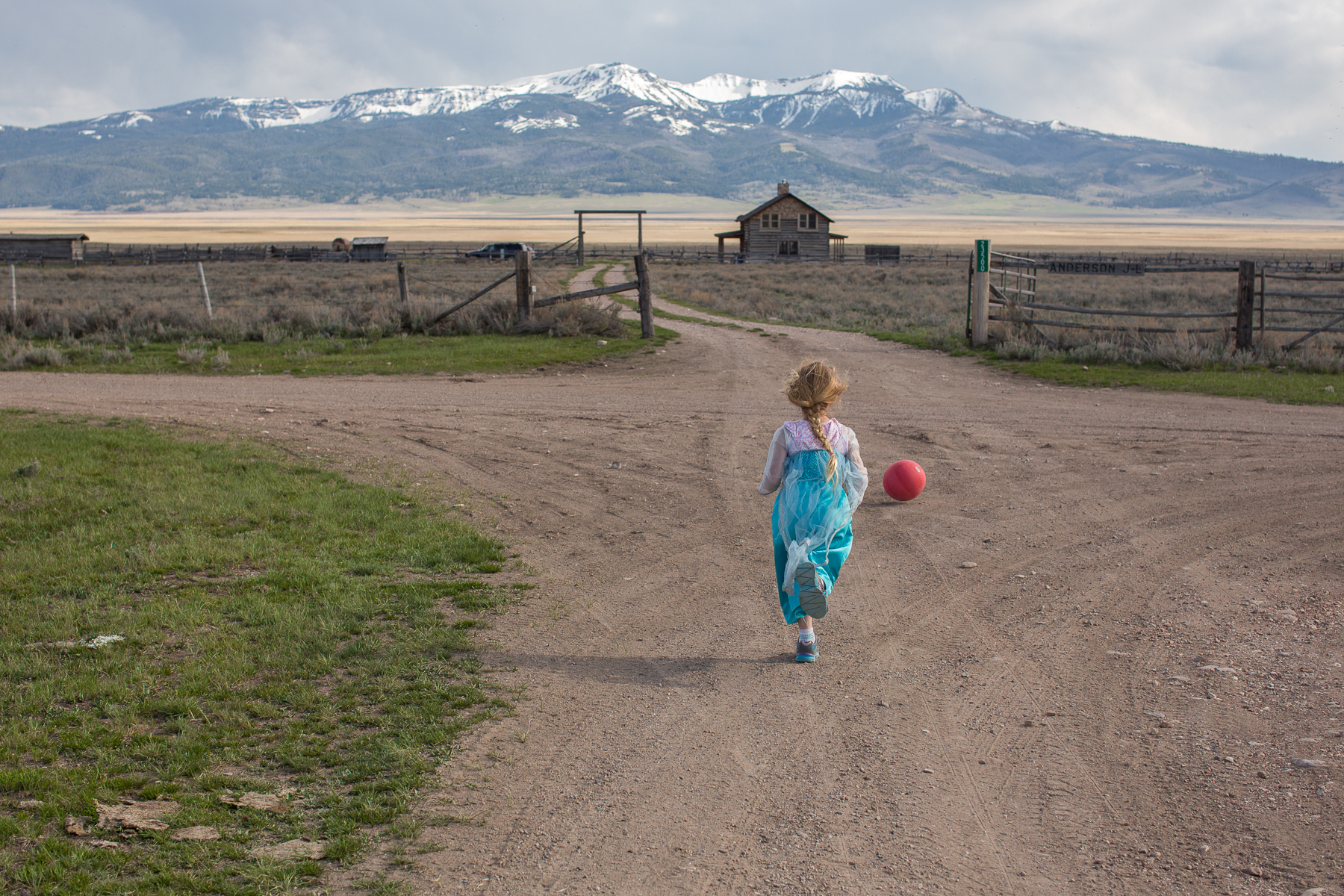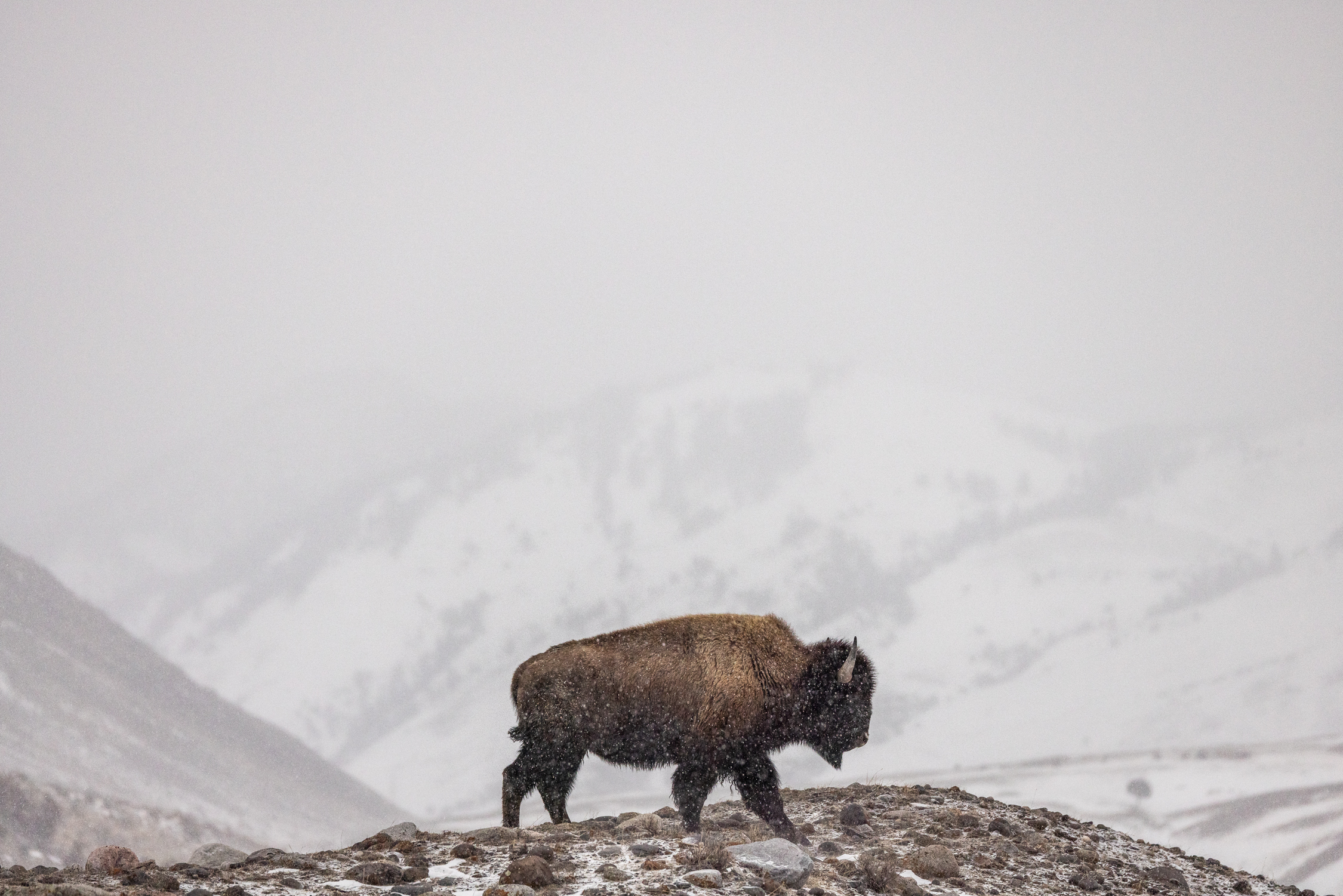Seconded By: Eric Meola,
The American West has long evoked wide open spaces, cowboys, and vast expanses of land. Land that was once home to roaming buffalo herds and Native American tribes became cultivated, settled and colonized by newcomers with westward expansion in the 1800s. Since then, agriculture has replaced the buffalo herds with cattle, sheep and barbed wire fences, leaving a fraction of the native wildlife and plants that once made up the prairie and mountain ecosystems. Today about 41% of land in the continental United States is used for livestock pastures and cropland to produce their feed. Globally, it’s more than one-third of habitable land.
Ranching has become a way of life and proud heritage for many families deeply rooted across America’s northern plains and Rocky Mountains. But from the beginning it has largely functioned as a profit driven business, extracting from the land to feed our planet. The result has been degradation of the land and soil; and the corollary effect of eliminating wildlife that comes into conflict with domestic animals. Since the Homestead Act was passed in 1862, bending the land to suit human needs has been the dominant mentality of those in agriculture trying to survive in harsh places, raise a family and make a living.
Today, the opportunity exists for agricultural lands in the American West to positively impact the trajectory of our climate, biodiversity and food crises. A new movement is emerging among ranchers who want to be part of a system that serves not only our food production, but also the health of our planet. These ranchers are advancing a land ethic that is less about control and extraction and more about coexisting with wildlife and kinship with the land. This new outlook includes significant attention to how the animals are raised, how they are impacting the ecosystem, and where their meat ends up. Rather than taking part in a market that is driven by corporate profits, ranchers are thinking about solutions to serve local and regional markets, reducing their carbon footprint and creating a more sustainable product. The challenges they face are many, including how to turn a profit while working in a system that has not yet shifted to support this mentality.
For more than a decade I have been photographing ranchers across the west, including my husband’s family, who live on the border of Yellowstone National Park, and are leaders in this movement.

Melanie Elzinga of Alderspring Ranch moves her cattle away from camp on an allotment in the high country of the Salmon-Challis National Forest in Idaho on July 13, 2021. Elzinga and her family keep their cattle on the move every day that they are in the high country as a regenerative grazing practice, and then they camp with the cattle at night to mitigate conflict with wolves.

Cowboy Steve Becklund drives to town with his dog, Max, on a summer evening through the Centennial Valley of southwest Montana in June 2013.
Long drives are part of the job when living in remote places where the nearest grocery store is hours away. I made this photograph while working as a horse wrangler on the J Bar L Ranch.

Blackfeet tribal member Shane Bird Rattler rides out of the bucking horse chutes at the North American Indian Days rodeo in Browning, Montana. The energy and expression from the Blackfeet warrior culture has found new outlets, such as rodeo, a popular sport in western cattle country.

Children play on steel corrals on a July evening in 2016 in Tom Miner Basin, Montana. Long standing relationships are an important part of life in rural ranching communities. Families gather in the summer for a potluck dinner and barn dance at the Anderson Ranch.

A female grizzly and her cubs pass through the Anderson Ranch, half a mile from the ranch’s headquarters, in this photo captured with a camera trap. On the edge of Yellowstone National Park, Tom Miner Basin has one of the most densely populated grizzly bear habitats in the lower 48 states. As a result, tourists coming to the basin looking for grizzly bears have steadily increased over the past ten years. In the basin’s biodiverse landscape, the bears have everything they need to stay well-fed: vegetation, berries, caraway, carrion and, depending on the year, white bark pine nuts.

Julie Anderson greets her nine-year-old grandson, Andy, in the morning inside her home in Tom Miner Basin. Multi-generational ranching families must figure out how to navigate family dynamics and succession planning to keep ranches operating sustainably and remaining in the family for generations to come.

Chickens in the barnyard of the Anderson Ranch flee from a spring thunderstorm in the Tom Miner Basin, Montana in May 2017. The Anderson Ranch sits at over 7,000 feet of elevation, where wind, rain and snow storms can be extreme.

Elle Anderson, the fourth generation of a ranching family, chases a ball toward an old reconstructed homestead cabin in the Centennial Valley of Montana in May 2015. Ranching has been dominated by a patriarchal system for generations. This system historically has made it very difficult for young women and girls like Elle to explore career opportunities in the field of ranching and agriculture on the same level as men. But now, the paradigm is shifting. The masculine history in ranching tends to be domineering and controlling over land, animals and nature, but women’s voices are beginning to emerge with a different, softer, more holistic kind of approach. Young girls like Elle, inspired by their parents, are the new leaders who will amplify the importance of reciprocal, rather than self-righteous, relationships between humans and landscapes. Elle represents hope and promise for human’s relationships to land in the American West.

At the J Bar L Ranch in the Centennial Valley, a 385,000 acre region in southwest Montana and part of the Greater Yellowstone ecosystem, nine-year-old Andy Anderson practices shooting his pellet gun. Andy spends summers here where his father manages cattle for the ranch. The valley is a rich and diverse habitat for wildlife and prime summer grazing for cattle. The J Bar L is committed to nurturing the land and coexisting with wildlife.


